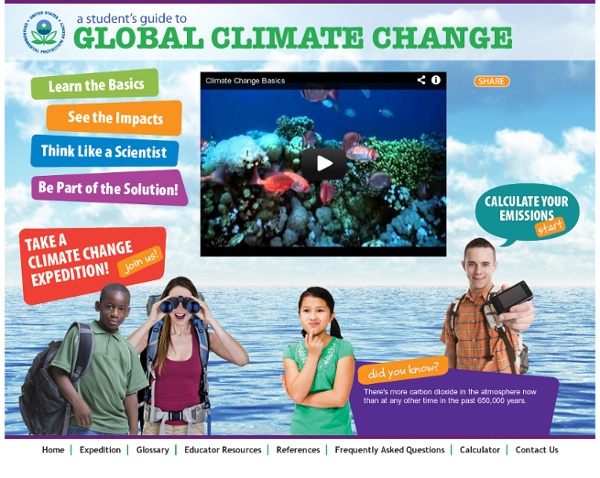



AP Science Practices | Advances in AP | The College Board AP science revisions focus on seven overarching practices that capture important aspects of the work of scientists. Science practices describe the knowledge and skills that students should learn and demonstrate to reach a goal or complete a learning activity. Science Practice 1 The student can use representations and models to communicate scientific phenomena and solve scientific problems. Science Practice 2 The student can use mathematics appropriately. Science Practice 3 The student can engage in scientific questioning to extend thinking or to guide investigations within the context of the AP course. Science Practice 4 The student can plan and implement data collection strategies in relation to a particular scientific question. Science Practice 5 The student can perform data analysis and evaluation of evidence. Science Practice 6 The student can work with scientific explanations and theories. Science Practice 7
Garbology Featured Activity: Waste-Less Lunch Lead your students in learning about natural resources used in common packaging materials. Challenge your students to conserve natural resources through their lunch choices. Check out this and other Garbology lessons for the classroom » Featured Activity: Conduct a Waste Assessment Do you know how much waste your school puts in landfills each week? Learn how and check out other Garbology activities » Featured Activity: Composting With the FBI The FBI turn waste into healthy soil. Bring Garbology home » Classification 1: Classification Scheme Photo Credit: Science NetLinks Purpose To show students that many kinds of living things can be sorted into groups in many ways using various features to decide which things belong to which group and that classification schemes will vary with purpose. Context This lesson is the first of a two-part series on classification. Classification 1: Classification Scheme is intended to supplement students' direct investigations by using the Internet to expose students to a variety of living organisms, as well as encourage them to start developing classification schemes of their own. Classification 2: A Touch of Class extends this thinking by exposure to the idea that a variety of plants and animals (organisms) can be classified into one or more groups based on the various characteristics of a specific group. This lesson gives students the opportunity to look at and discuss different classification schemes. Planning Ahead Motivation Ask questions such as: Ask students: Development Assessment Extensions
Classify That! Photo credit: Clipart.com Purpose To expand students’ knowledge of living organisms and further develop their ability to group, or classify, living organisms according to a variety of common features. Context In earlier grades, students learned that plants and animals are alike in some ways and different in others, and that they have features that help them survive in their environments. In this lesson, students will get acquainted with diverse forms of life by using modern biological classification systems to group animals that are related. Planning Ahead Note: If your classroom doesn’t allow all students to be online at once, print out and duplicate pertinent pages of the Classifying Critters website. Motivation Begin the lesson by warming students up with a review that will illustrate useful groupings of plants, animals, and non-living objects. Ask students questions such as: How many different ways can you find to group or pair these elements? Ask students: Development Assessment Extensions
Today's topic: Lightning